Gaming is an expensive hobby, meaning big purchases lead to bigger regrets when they’re letdowns. Whether it’s a console that you barely played, a controller you didn’t enjoy using, or even a game that you ended up disliking, we’ve all felt burnt at one point or another in our gaming journey.
These are some gaming purchases—games not included—that quickly lost their appeal for me. Some of them I outright disliked, others were quickly outdated, and a few I still love but just have no reason to pick up anymore.
10
Mario Kart Racing Wheels
Thanks to their elongated shapes, the Wiimote and Joy-Con have been vehicles for Nintendo to sell plastic wheels the controllers slot into. These interact with their respective Mario Kart games to provide a touch of arcade simulation. It’s a clever idea, but my fun with them quickly ceased when I realized I vastly preferred playing with traditional gamepad controls.
I’m the fool for buying two iterations of the Mario Kart wheel. I didn’t take to the peripheral when I picked it up alongside Mario Kart Wii and never repurposed the wheel for the Wii U version of Mario Kart 8, yet I still bought the Joy-Con wheels for Mario Kart 8 Deluxe. I liked that refreshed iteration even less given its smaller size.
With these two wasted purchases behind my belt, I know to take a hard pass on the Joy-Con 2 wheels releasing alongside Mario Kart World on the Switch 2.
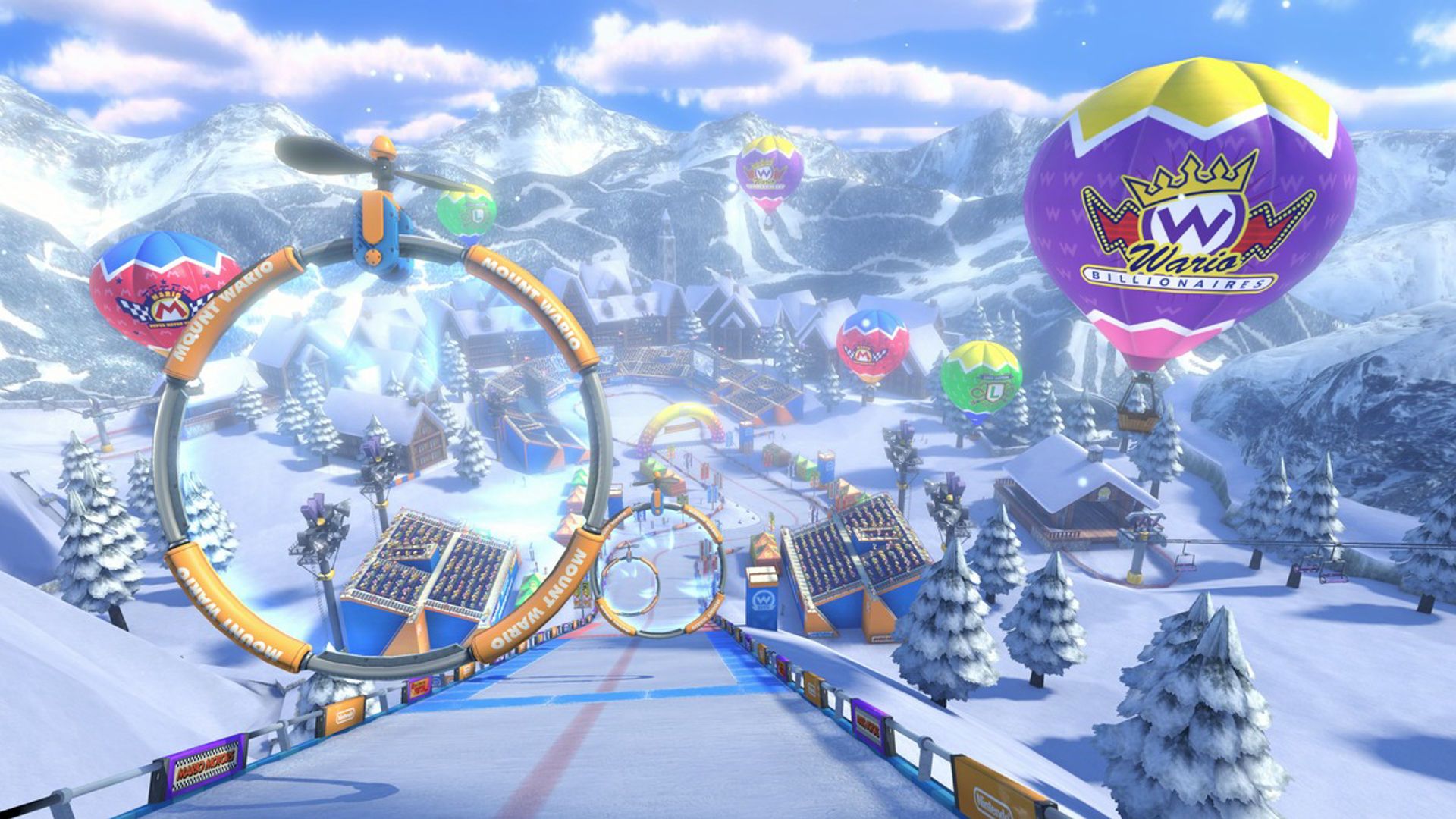
Related
10 Tracks That Need to Come Back in Mario Kart World
These courses would benefit from being remade for the chaos of 24 racers.
9
Playdate
It pains me a bit to put the Playdate on this list as I’ve championed this novel gaming handheld. However, if I’m being honest, I barely pick it up anymore.
When I first got my Playdate, I loved the lack of a backlight on its sharp 1-bit screen for its Game Boy era throwback qualities. Childhood nostalgia can only go so far, though, and a year after purchasing the device I was tired of having to accommodate my environment to make the screen visible. This—alongside a user interface that crumbles under large game libraries—made the prospect of picking up my Playdate one of exhaustion.
If Panic releases a backlit version of this handheld, I’d definitely consider double-dipping as I’m otherwise fond of its unique crank-based controls and grassroots development scene. But until then, I’m only going to be dusting off my Playdate for the offhand must-play game. Perhaps I’ll find that excuse in the upcoming “season two” of Panic-curated games.
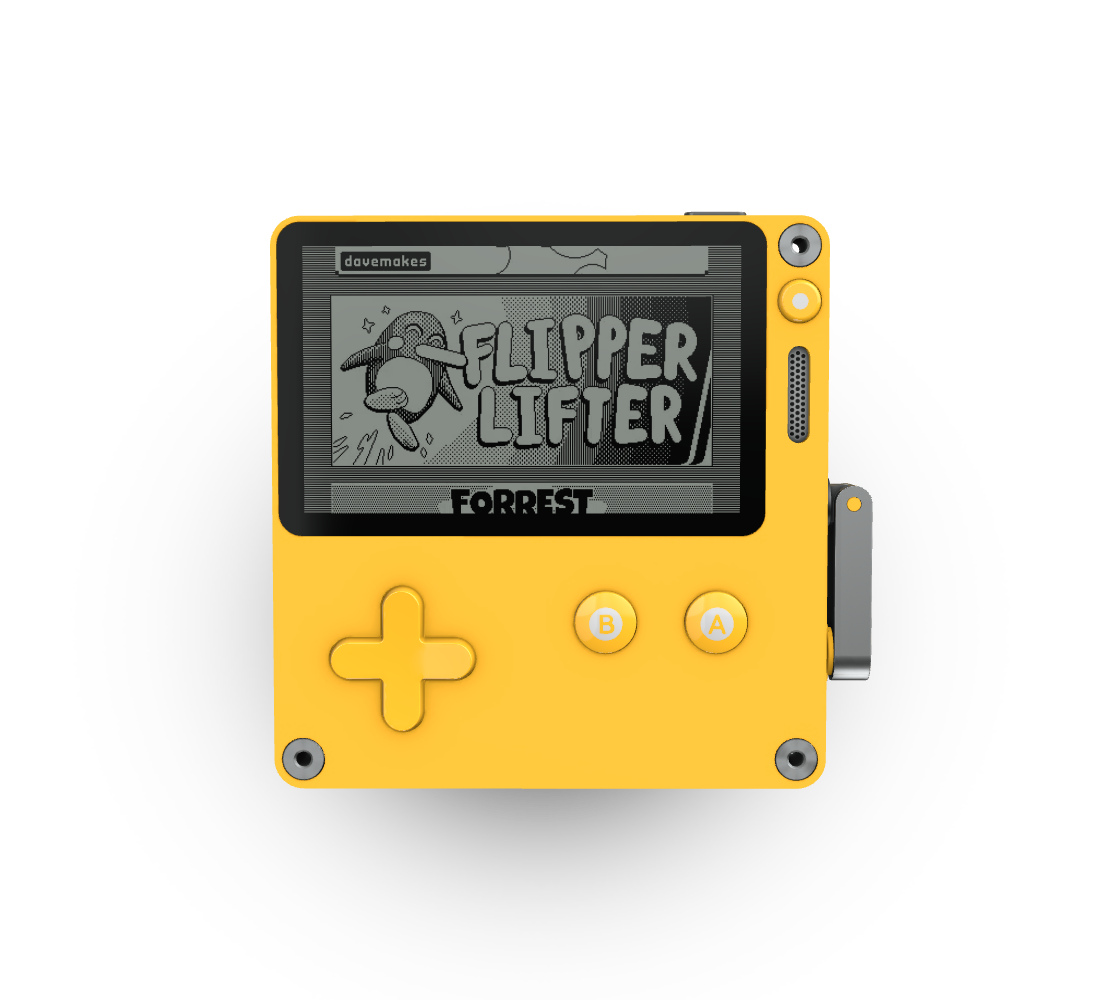
Panic Playdate
Panic Playdate is a tiny handheld game system with reflective screen, new games, and a crank.
8
NES and SNES Classic Editions
The NES and SNES Classic Edition plug-and-play consoles were the apple of retro gamers’ eyes when they were released. This was thanks to the replica controllers and how easy they were to mod, plus some cool gems like the first-ever release of Star Fox 2.
Unfortunately, it wasn’t long until their collection of games became available via the then-new Nintendo Switch Online emulator apps. This rendered the Classic Edition boxes irrelevant for my casual purposes. It was easier to boot up the games on my Switch since it was always plugged into my TV, and wireless controllers removed the hassle of working around short cables. Also, most of the third-party titles on the Classic Editions that never transitioned to the Switch emulator apps got re-releases and remasters elsewhere.
The emulator boxes are still cool shelf pieces, but they likely won’t be much more than that again.
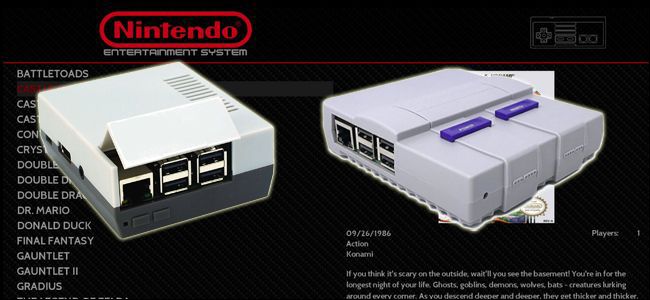
Related
How to Build Your Own NES or SNES Classic with a Raspberry Pi and RetroPie
The NES Classic Edition is an official clone of the original Nintendo Entertainment System, and one of the best ways to play your favorite retro games.
7
Hori Fightpad
After getting my thumb destroyed trying to play fighting games on various PlayStation controllers, I opted to try a fight stick instead and never looked back. However, sometimes I yearned to lounge with a controller, which led me to check out the Hori Fighting Commander OCTA fight pad (a controller with a layout akin to a fight stick).
It turned out to be a complete mismatch. For one, I had too much traditional gamepad muscle memory for this unusual layout to click. I found reaching certain buttons to be a stretch, making it difficult to land even basic combos.
But the factor I didn’t account for that turned out to be a complete deal-breaker was the wire. Even at 10 feet long, it never felt like I could relax without fear of jerking it out of the console. It’s something that I can live with when a fight stick sits on my lap, but not with a controller I want to hold at any number of positions.
Luckily, I recently found a gamepad that I enjoy for fighting games in the 8BitDo Ultimate 2. Its tactile D-pad produces haptic clicks when a directional input is triggered, making it great for tracking motion inputs.
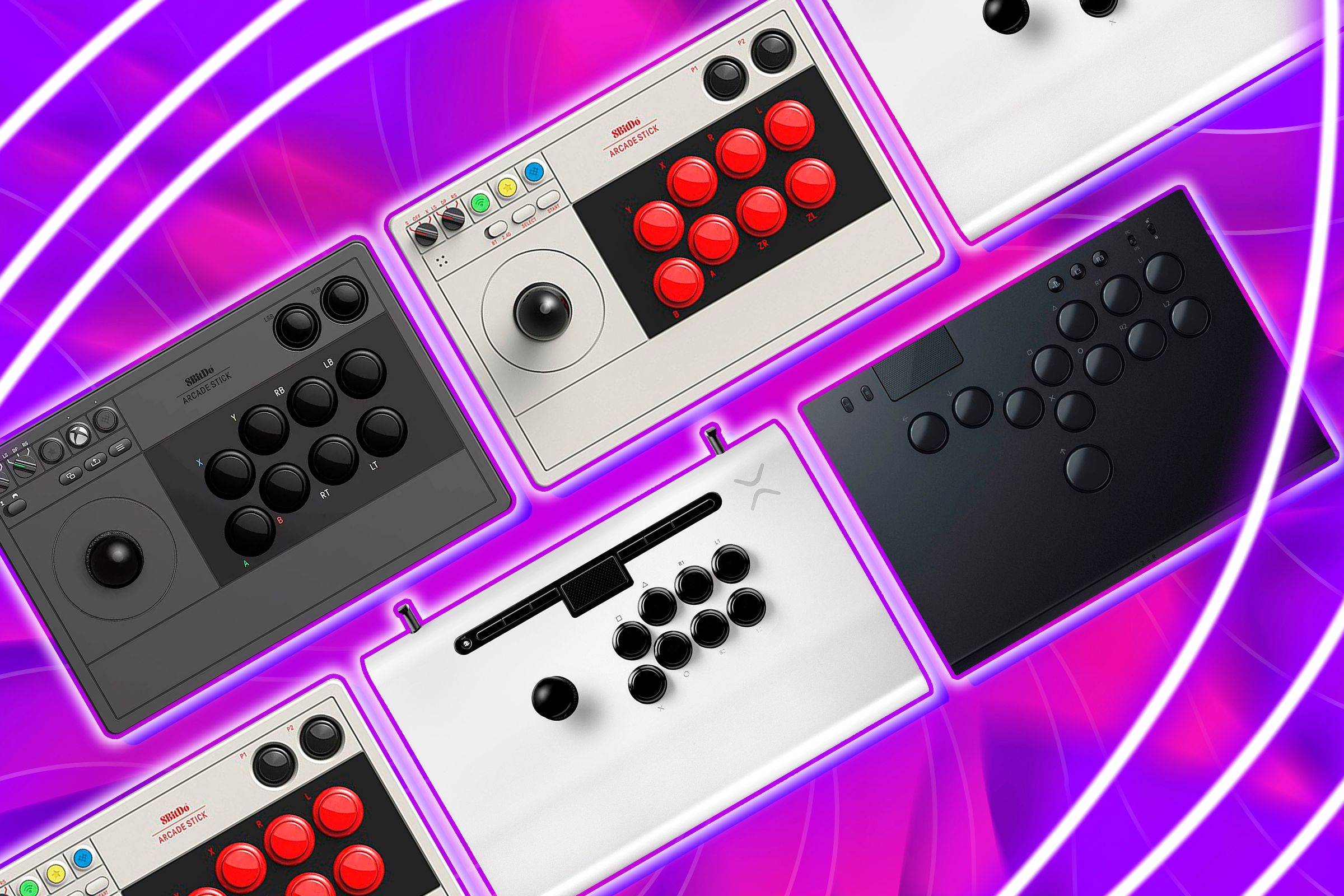
Related
You Don’t Need an Arcade Stick for Fighting Games Any More (But I Still Love Mine)
Fighting games have changed with the times.
6
PlayStation Vita
I know it’s common to dog on the PlayStation Vita on lists like this, and I’m not here to do that. The gaming handheld was a quality device that offered up a handful of fantastic experiences, most notably providing me with an entry point to the Persona franchise and giving the world the gift of Gravity Rush. I think my purchase was worthwhile for those alone.
The problem was that Sony didn’t support the device with enough of these experiences. Third parties picked up that slack, yet many of those games were also available for the Nintendo 3DS, making owning both feel superfluous. Nintendo was offering me a lot more to work with from a first-party perspective, so I usually stuck with the handheld for multiplatform third-party titles.
The final nail in the Vita’s coffin was when most of its best exclusives became available on other consoles, giving me no good reason to pull out the handheld for the last decade.
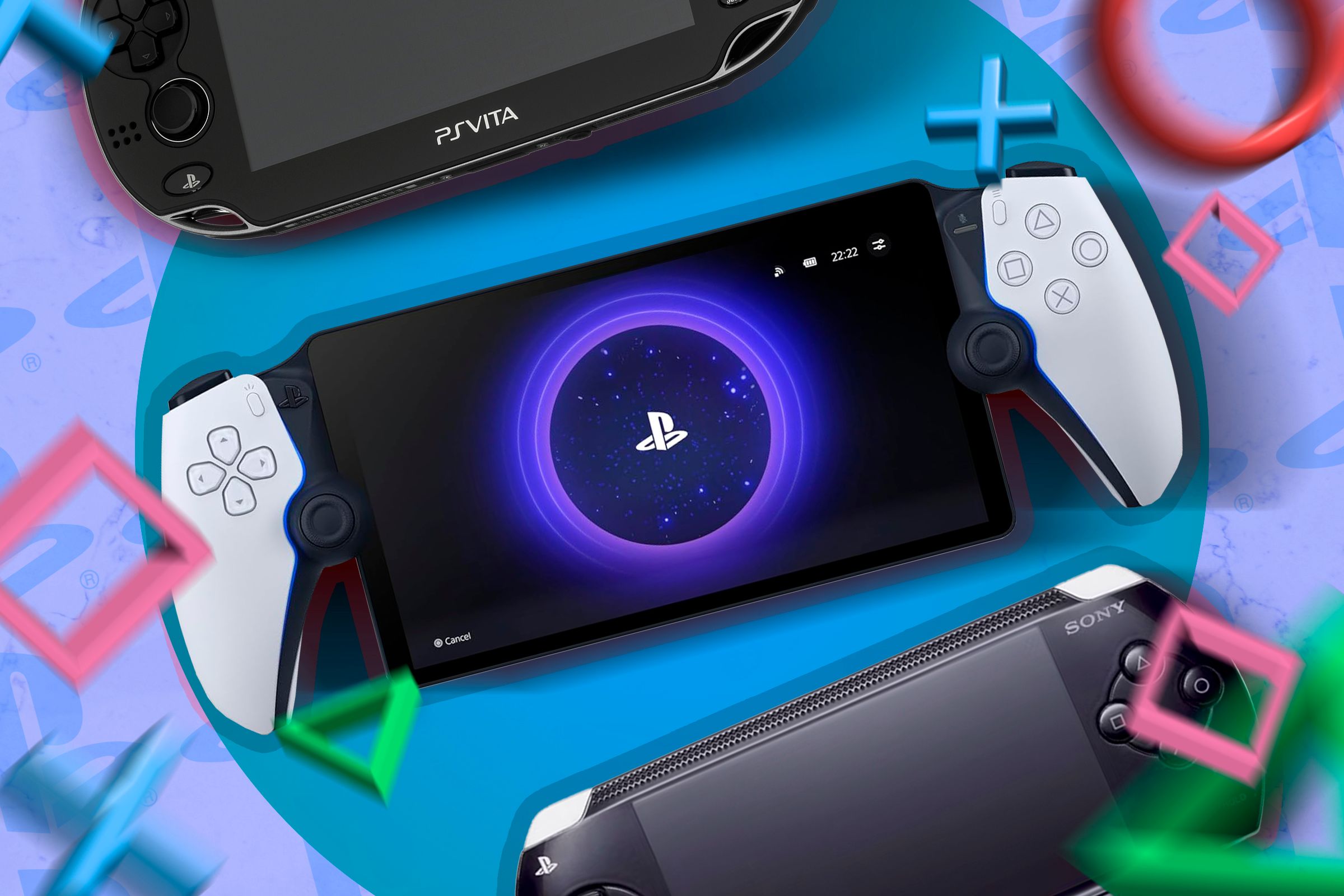
Related
Why I’m Doubtful We’ll Ever See Another “Proper” Handheld PlayStation
The PlayStation Portal is closing the door for other Sony gaming handhelds.
5
Nintendo Wii and Wii U
It’s not controversial to say the Wii U wasn’t the best value prospect in retrospect, given that nearly all its exclusives saw improved releases on the Switch. Even if I quite enjoyed the console during its short lifespan, it’s been in a closet ever since March 3, 2017.
However, I actually regretted my Wii purchase more than my Wii U. A 480p console in the HD era was woefully unacceptable, and the Wiimote and Nunchuck controllers never felt natural (it didn’t help that the “Classic Controller” was equally unsatisfactory and required a tether to the Wiimote). These factors undermined even the most renowned of first party releases for me, meaning I rarely finished Wii games that I otherwise would’ve loved.
It didn’t help that I was at the ripe age for the “cool factor” of the Xbox 360 to shape my gaming habits, and my first bout with PC gaming was just around the corner. I still loved Nintendo but found myself far more attracted to its gaming handhelds.
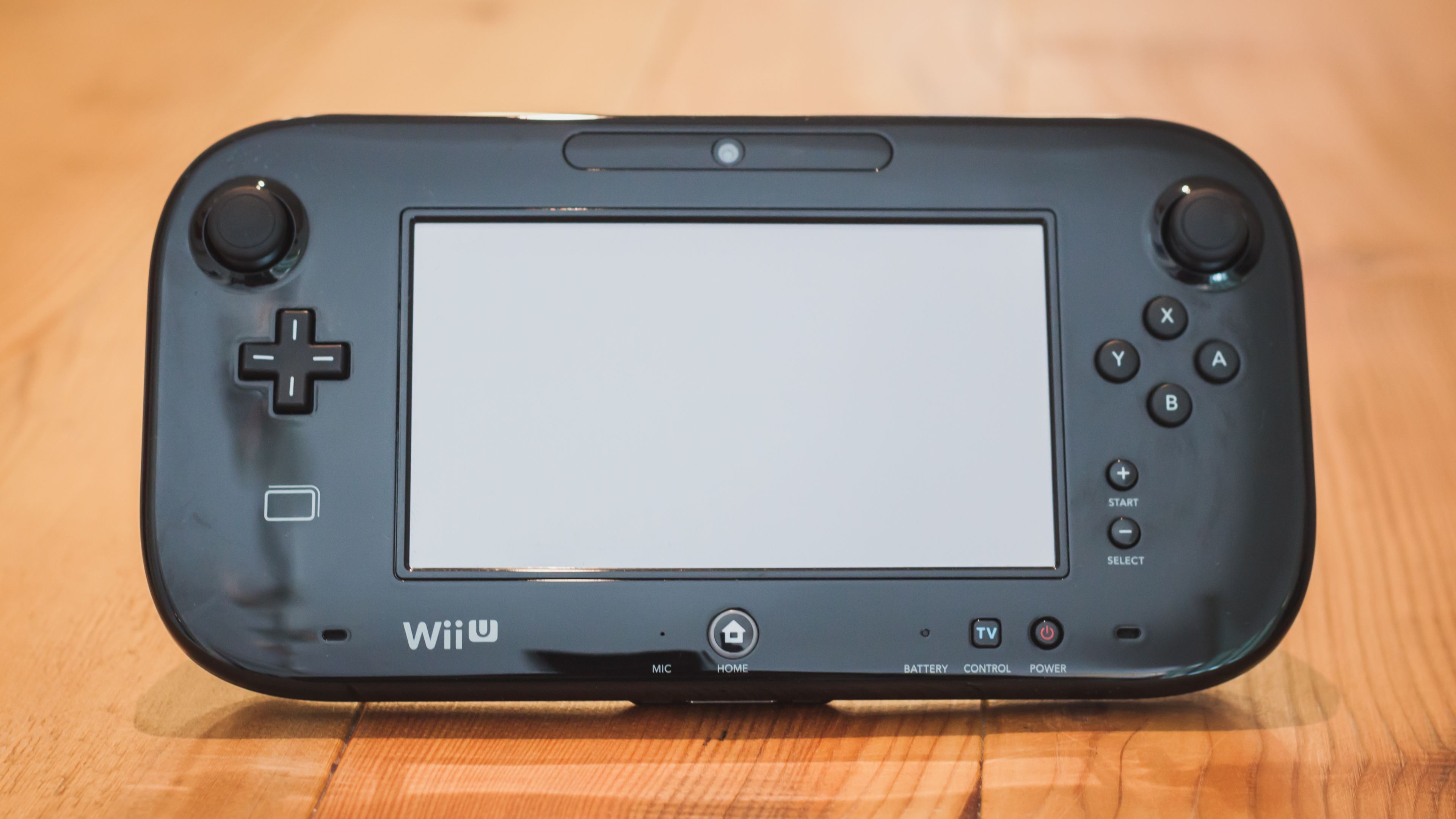
Related
I Hope Nintendo Remasters These 7 Wii U Games for the Switch 2
Spoilers: they’re not all necessarily good games.
4
Xbox Series X
If there’s one console purchase that I regret the most, it’s the Xbox Series X. I bought one a few years into the current console generation to play Forza Horizon 5 and Halo Infinite and was keen to experience the much-touted “best deal in gaming” that was Game Pass.
However, little did I know just how dire this console’s future was. Its half-baked exclusives rarely intrigued me from the outset, which meant I wasn’t turning the console on often enough to get value from Game Pass and the admittedly excellent backward compatibility. Once I returned to PC gaming and started using Game Pass through it, the Series X was truly dusted without ever getting an ounce of the use I expected from a $500 purchase.
It doesn’t help that I often find the console dysfunctional. It fails to play HD Blu-rays (something my PlayStation 5 does without issue), often boots in the wrong resolution, and has issues connecting with the mobile app. With the recent $100 price bump and its exclusives now going multiplatform, I can’t imagine why anyone would pick this up over the competition (though that doesn’t mean others aren’t still loving the console).
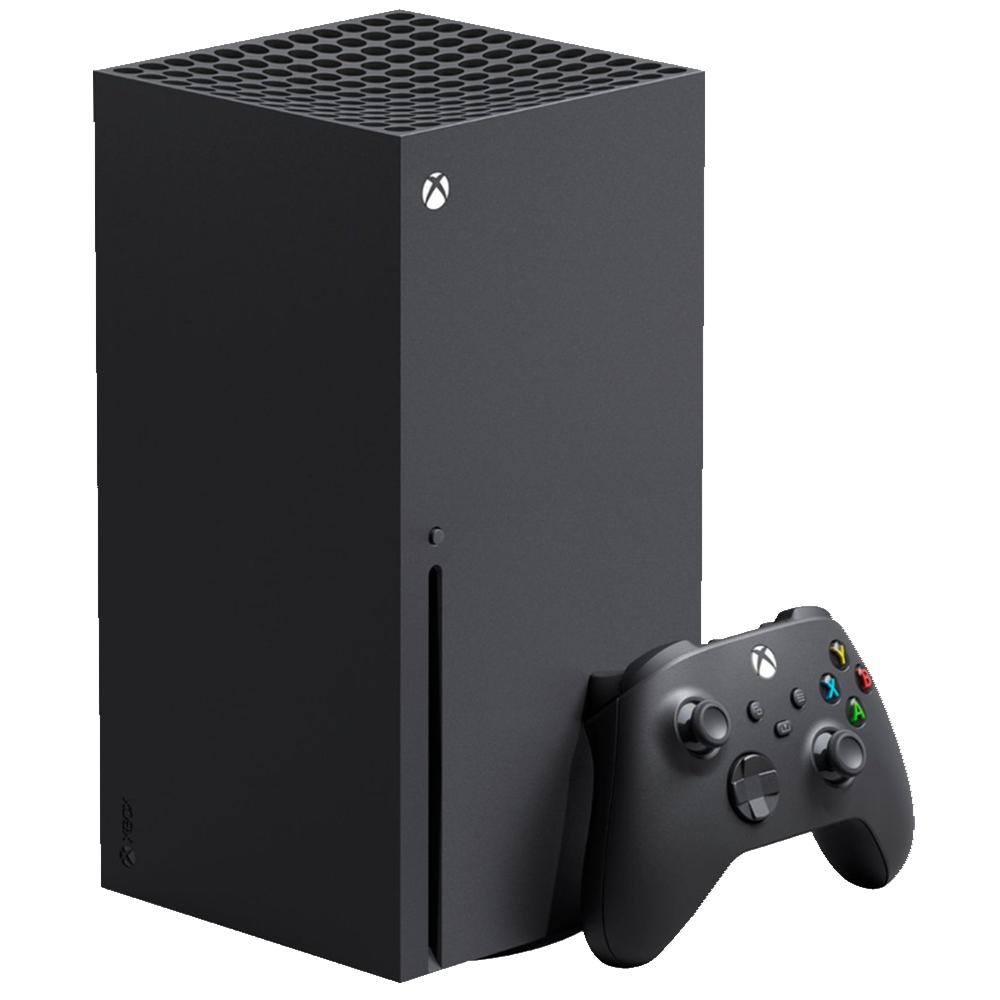
Xbox Series X
The Series X is the most powerful current-generation console and offers access to Microsoft Game Pass for a large library of subscription games out of the box. It also doubles as a UHD Blu-Ray player!
3
Xbox Elite Wireless Controller
There’s no denying that the Xbox Elite Wireless Controller Series 2 is a good controller, but it doesn’t justify its hefty $180 price tag. Even at the steep discount I bought one at, I still don’t feel I got my money’s worth.
I’ve already established that I don’t play my Xbox Series X often, but this controller could’ve easily transitioned with me to PC gaming. Sadly, it’s just too heavy for my taste. Its rumble is too intense, and its back paddles are too finicky. The swappable parts are cool, but not something remotely within my needs. It was a realization that I preferred the simplicity of a solid pro-style controller for less than half its price, and that includes the stock Xbox controller that comes free with the console.
If I learned anything from this purchase, it’s that there are serious diminishing returns on premium-priced gamepads. While it’s perfectly usable, all I can think of when holding it is the money I wasted under the pretense of taking my console gaming experience to the next level.
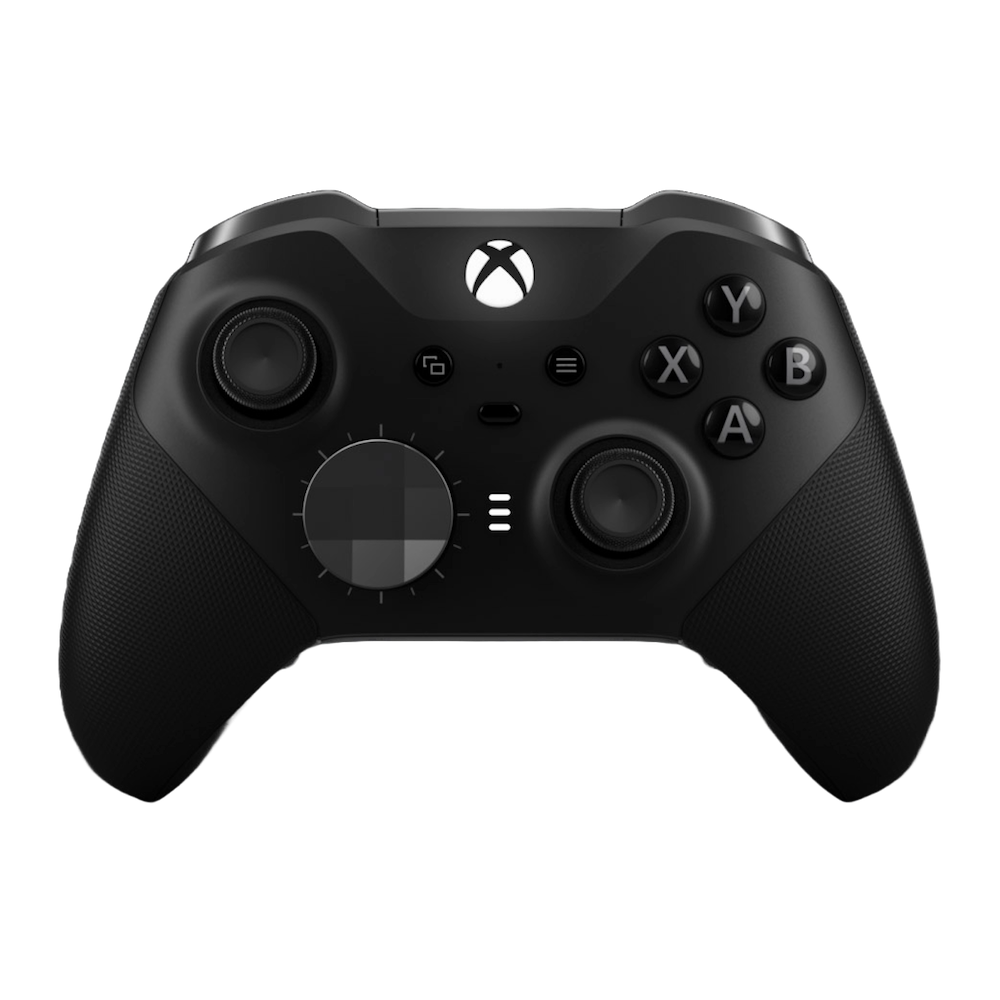
Xbox Elite Wireless Controller Series 2
With several customizable components and ultra-responsive controls, the Xbox Elite Series 2 has few rivals. It’s a bit expensive, but you’re getting a lot of functionality in return.
2
Backbone One iPhone Controller
My disappointment with the Backbone One controller for iPhone wasn’t entirely its fault. I didn’t like the app and subscription service it shoves down your throat, nor did I like the $100 price point for cheap components. However, the true death knell was when Apple shifted to USB-C ports on iPhones shortly after my purchase. This rendered my Backbone One with a Lightning connector entirely unusable.
Honestly, it wasn’t as if I was getting the use I expected out of it anyway. Games I expected would have gamepad support didn’t, which left me to stream console games to my phone (a pretty rough experience in its own right). It turned out to be one of those “I ought to have one of these” purchases that I don’t actually ought to have. If I ever actually need an iPhone controller, I’ll just buy a clip that attaches the phone to a standard gamepad.
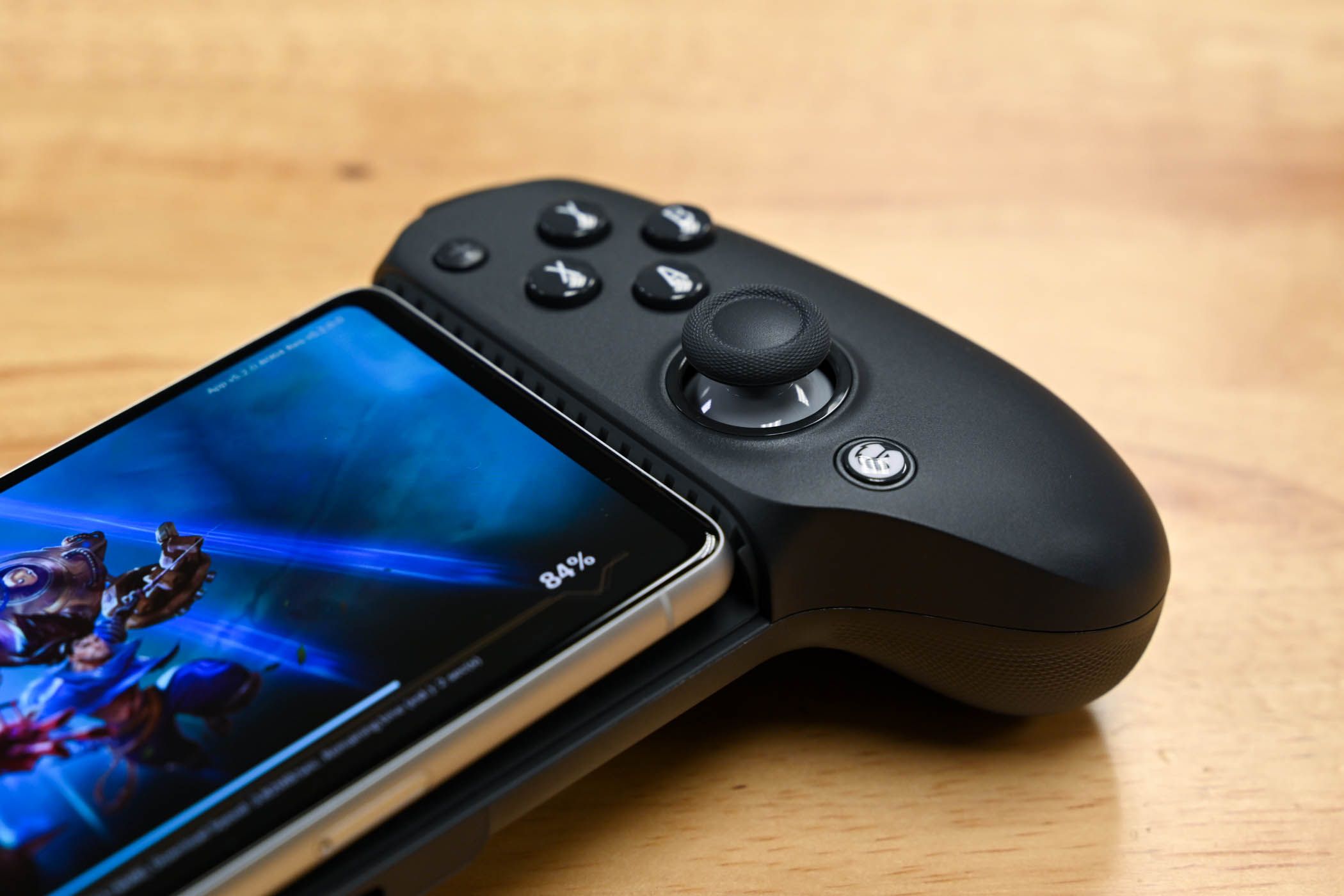
Related
The Best Controllers for Mobile Gaming in 2024
Instead of fiddling with the touchscreen controls, a controller will feel so much better for mobile gaming.
1
A Budget Pre-Built Gaming PC
Last year, I made the choice to jump back into PC gaming for the first time in over a decade. My 13-year-old rig barely worked anymore and needed to be entirely replaced, but I also didn’t want to break the bank. This made a deeply discounted budget pre-built rig an appealing buy under the pretense that I could upgrade parts later if I stayed the course.
As you’d expect from this list, it didn’t quite work out that way. My dissatisfaction with the performance led me to realize I’d need to buy not only a new GPU, but also an AM5 motherboard to accommodate a better CPU. At this point, I was essentially building an entirely different computer, down to needing an entirely new chassis after realizing my new graphics cards wouldn’t fit the pre-built’s chassis. The end result was a rig that carried over nothing other than the NVMe SSD as expanded storage.
In short, I ate the $600 I spent on that pre-built on my path to the computer I actually wanted. It was a process that taught me a lot about building PCs that I wouldn’t have learned by building my current PC from the outset, but the financial hit still stings.

Related
Building Your Own Gaming PC Isn’t Just About Saving Money
Build and learn.
These gaming purchase misfires cost me a good chunk of change, but they also taught me a lot about what I value in gaming consoles and peripherals. Now I can make better informed decisions going forward. Hopefully these cautionary tales can also help you avoid the same mistakes.


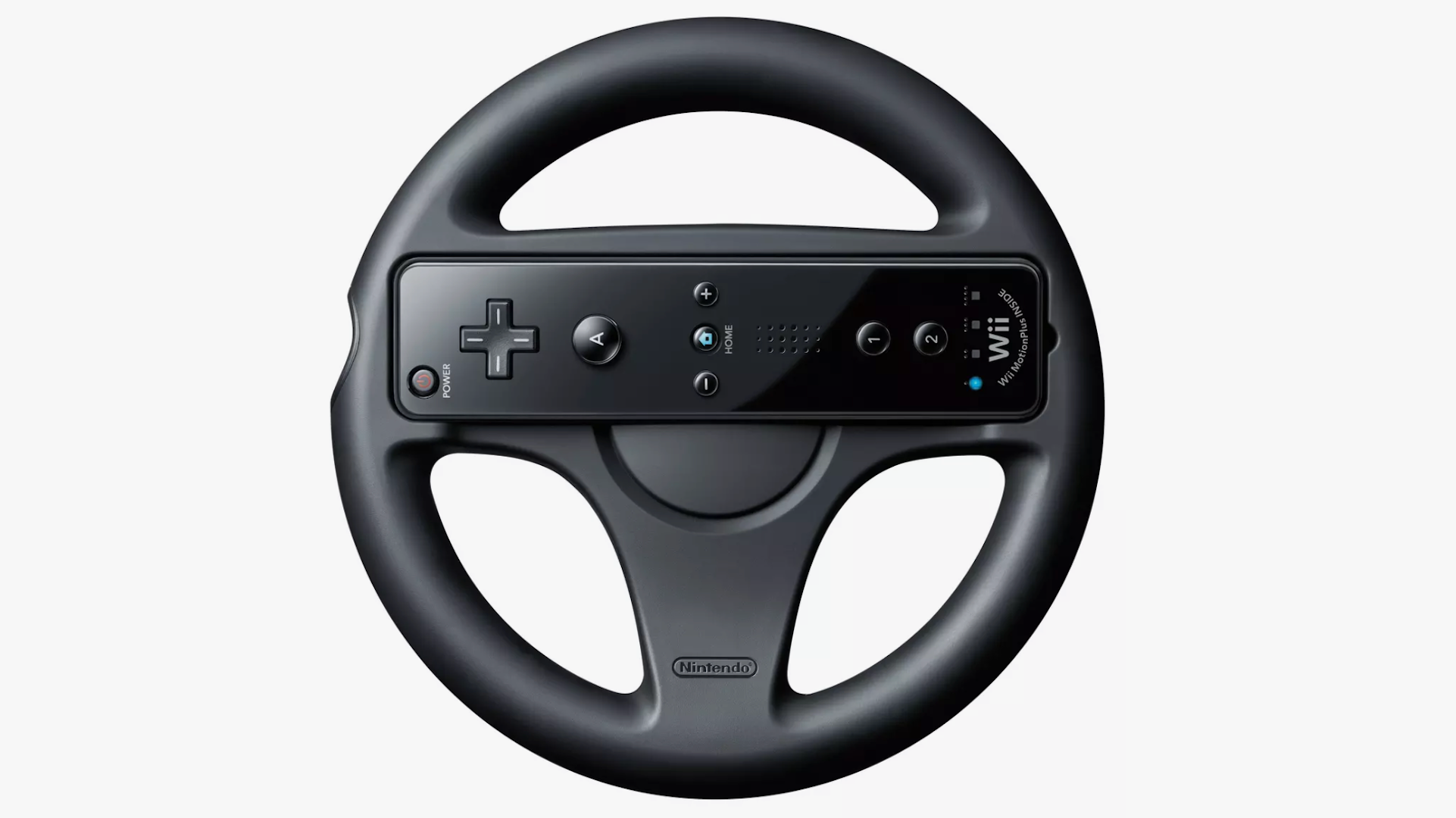
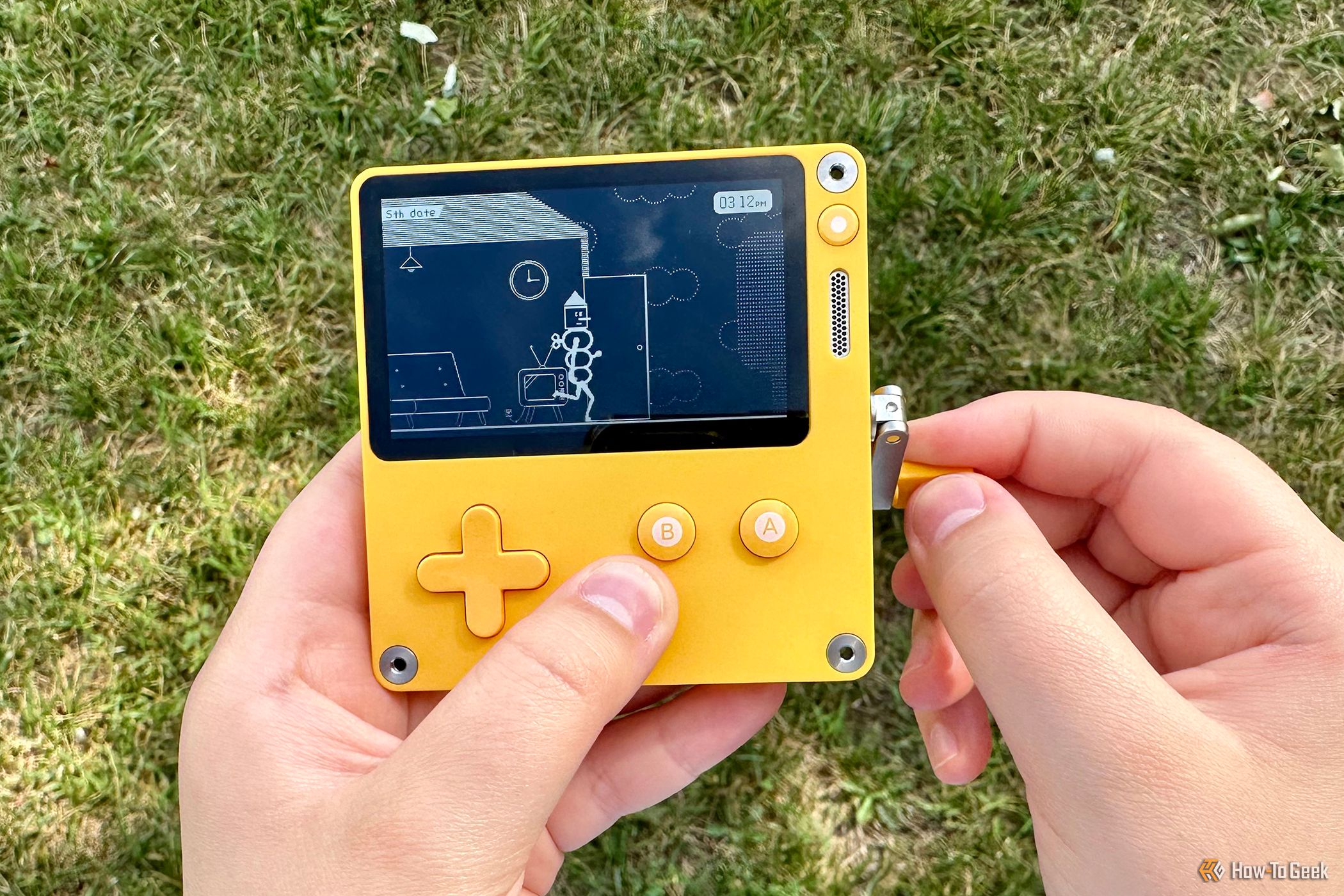
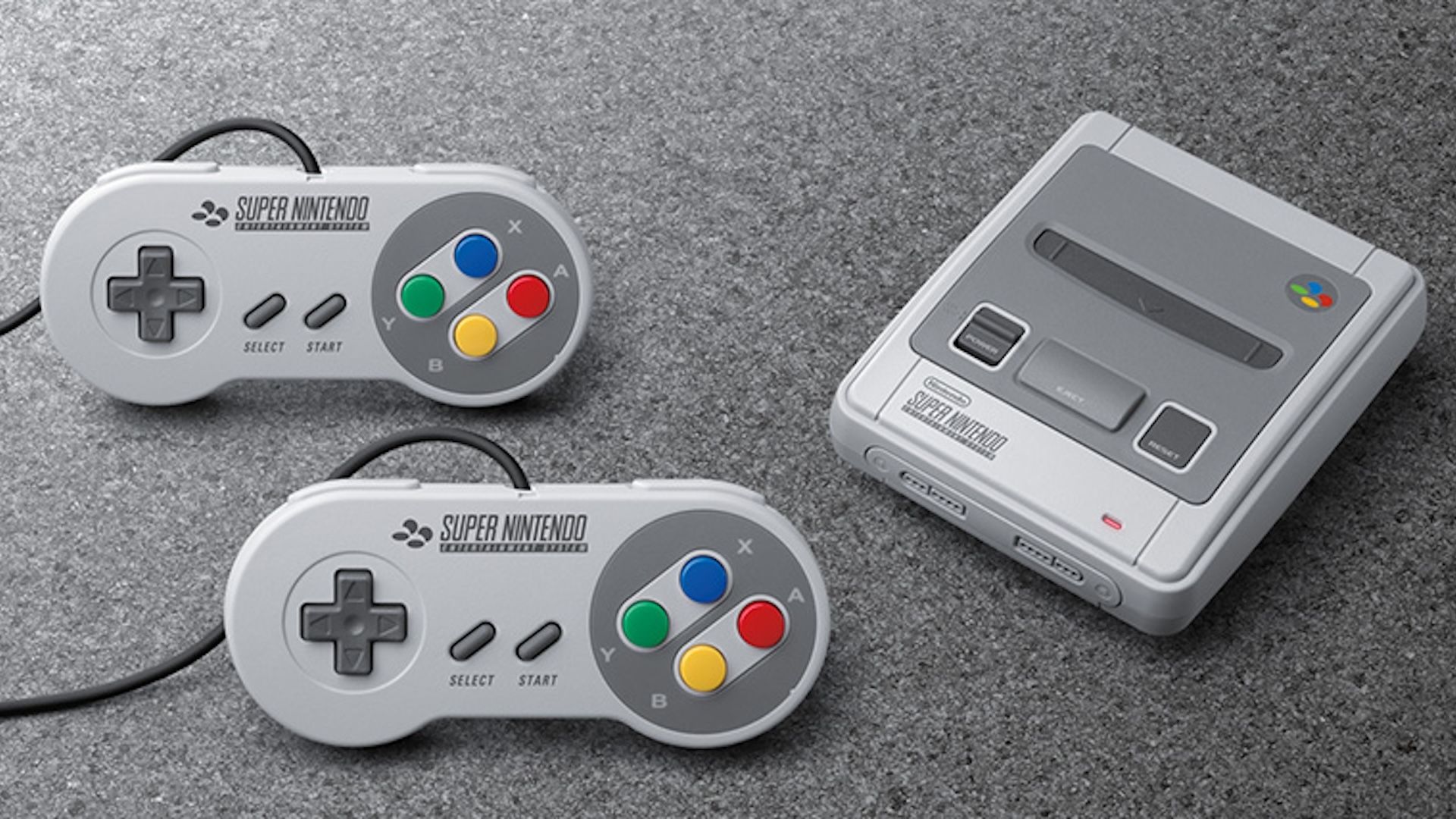

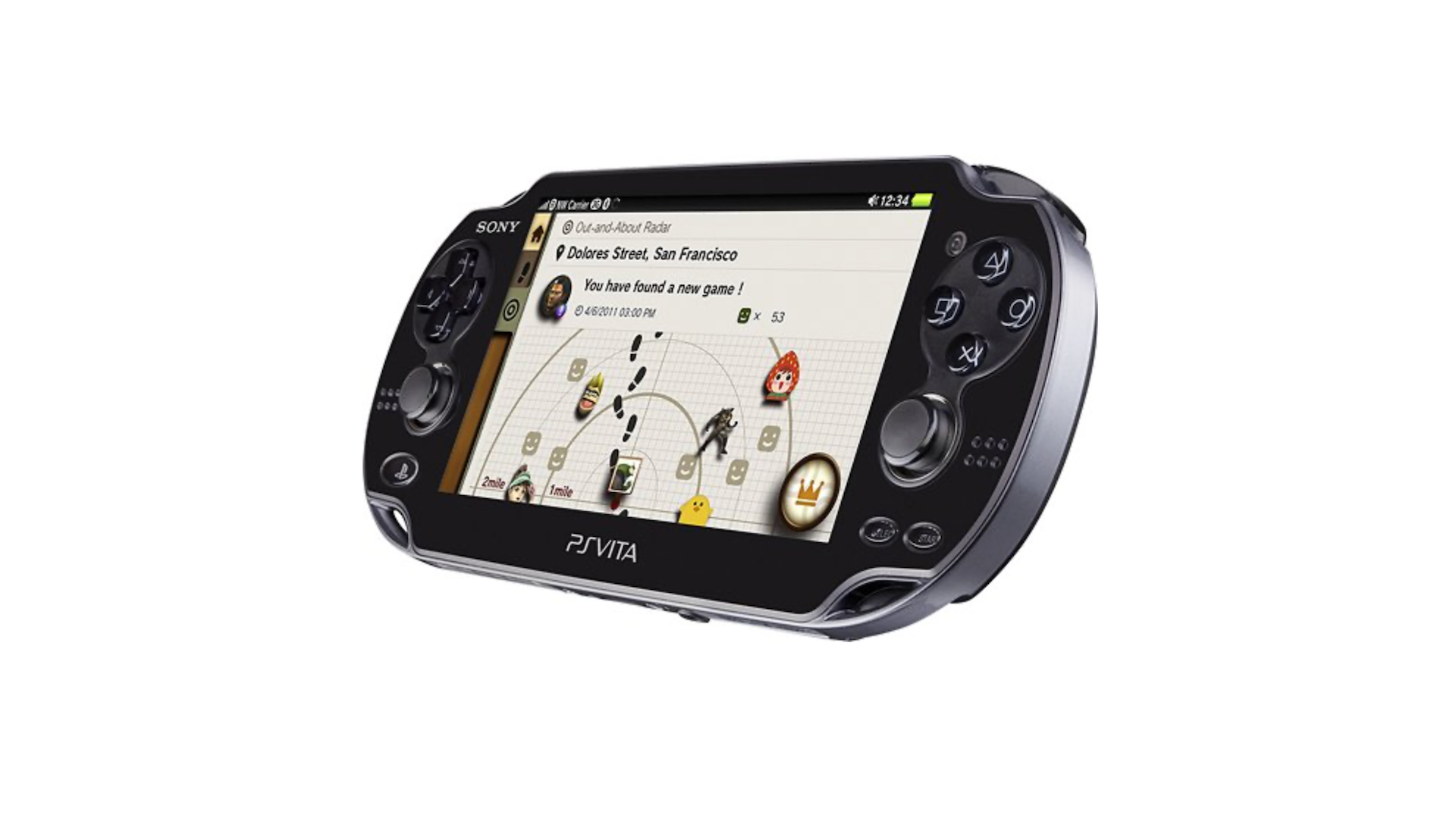
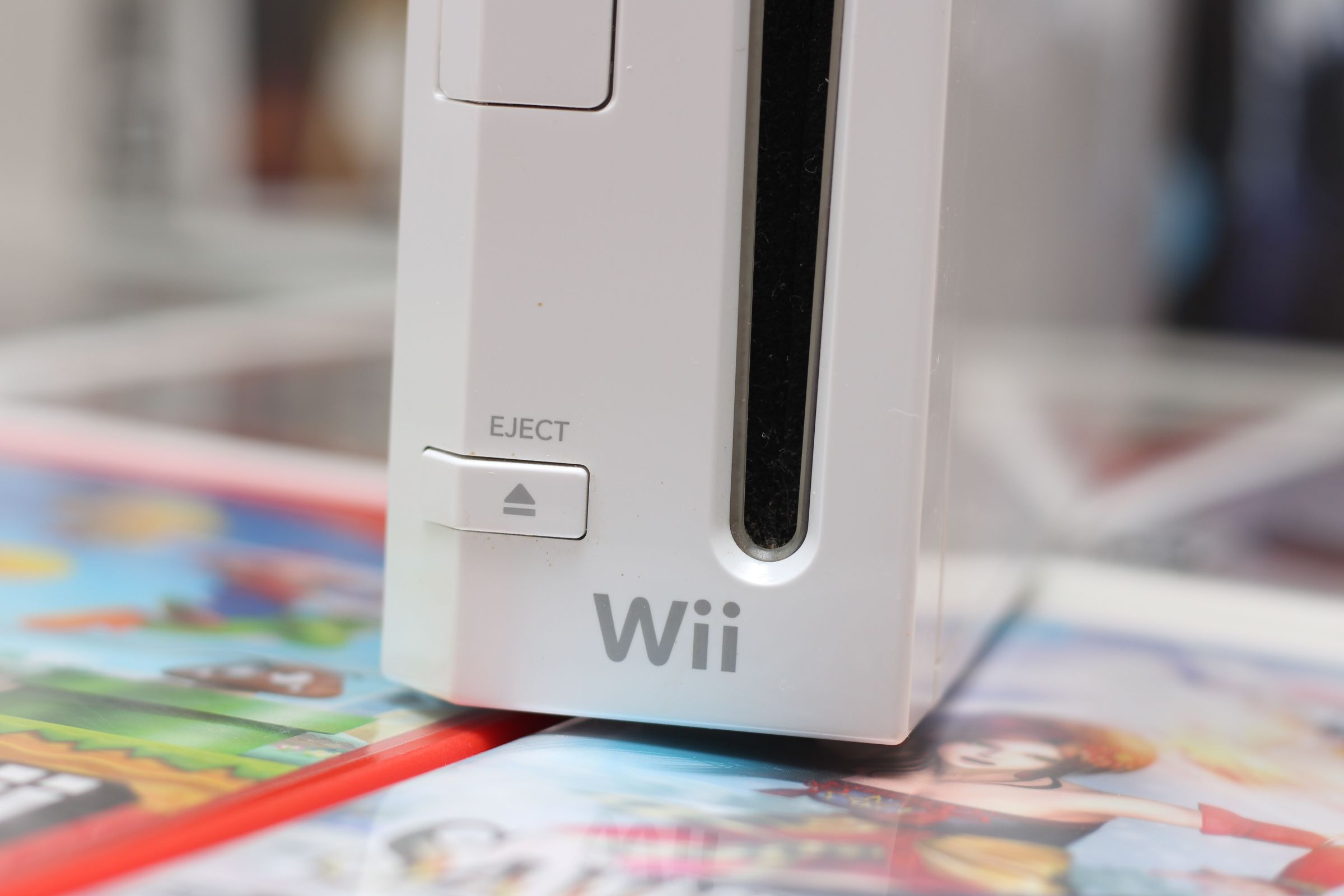

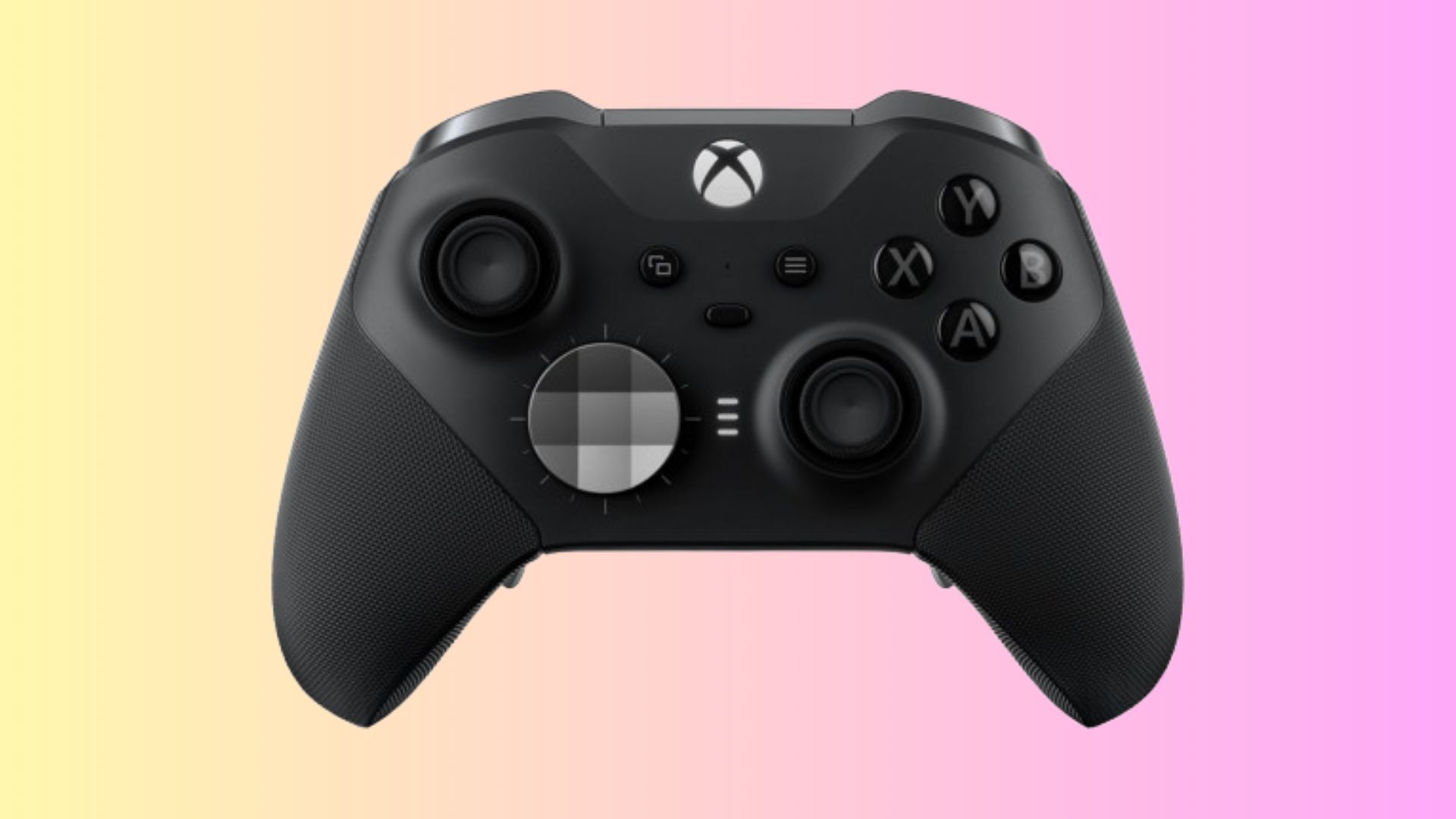
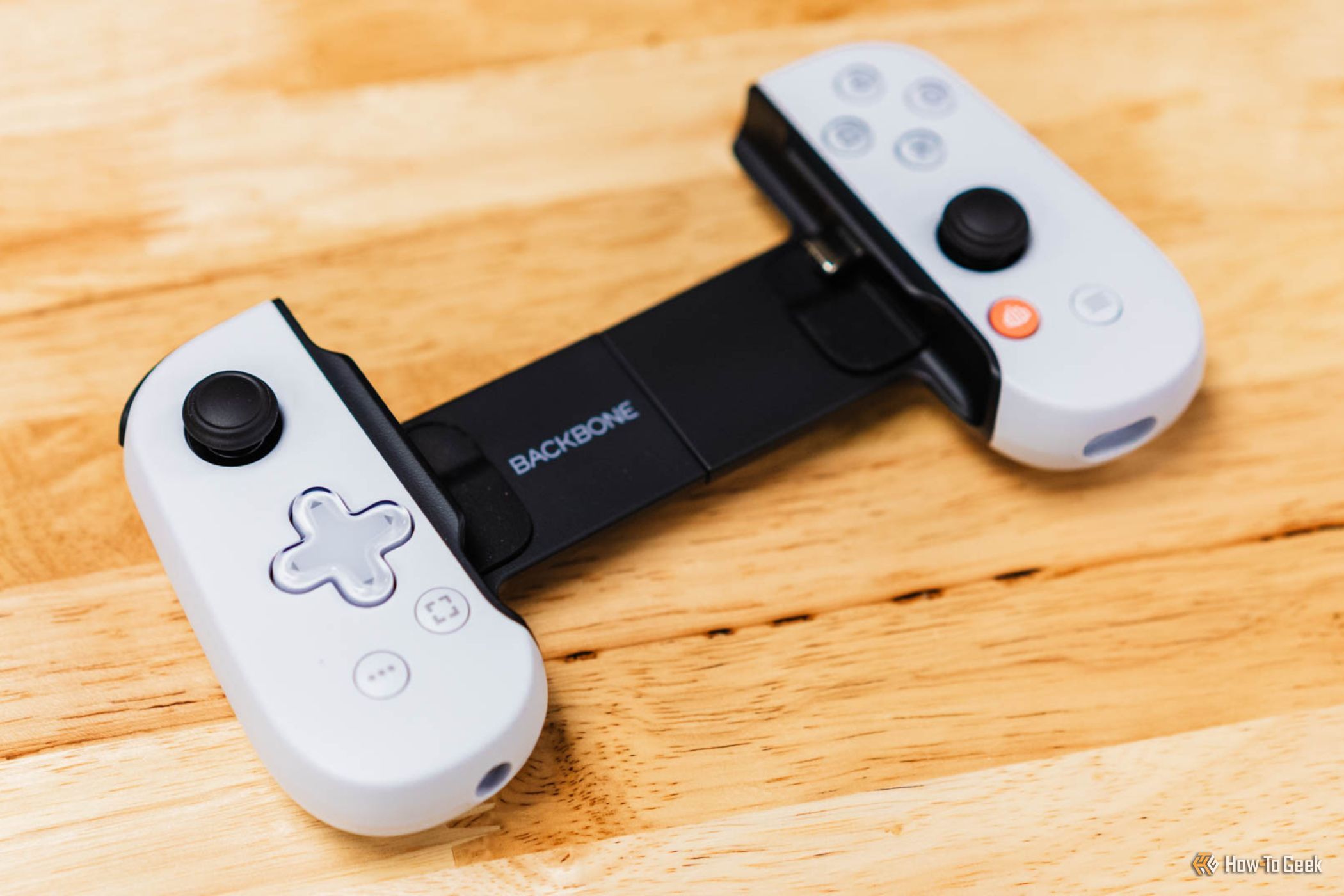
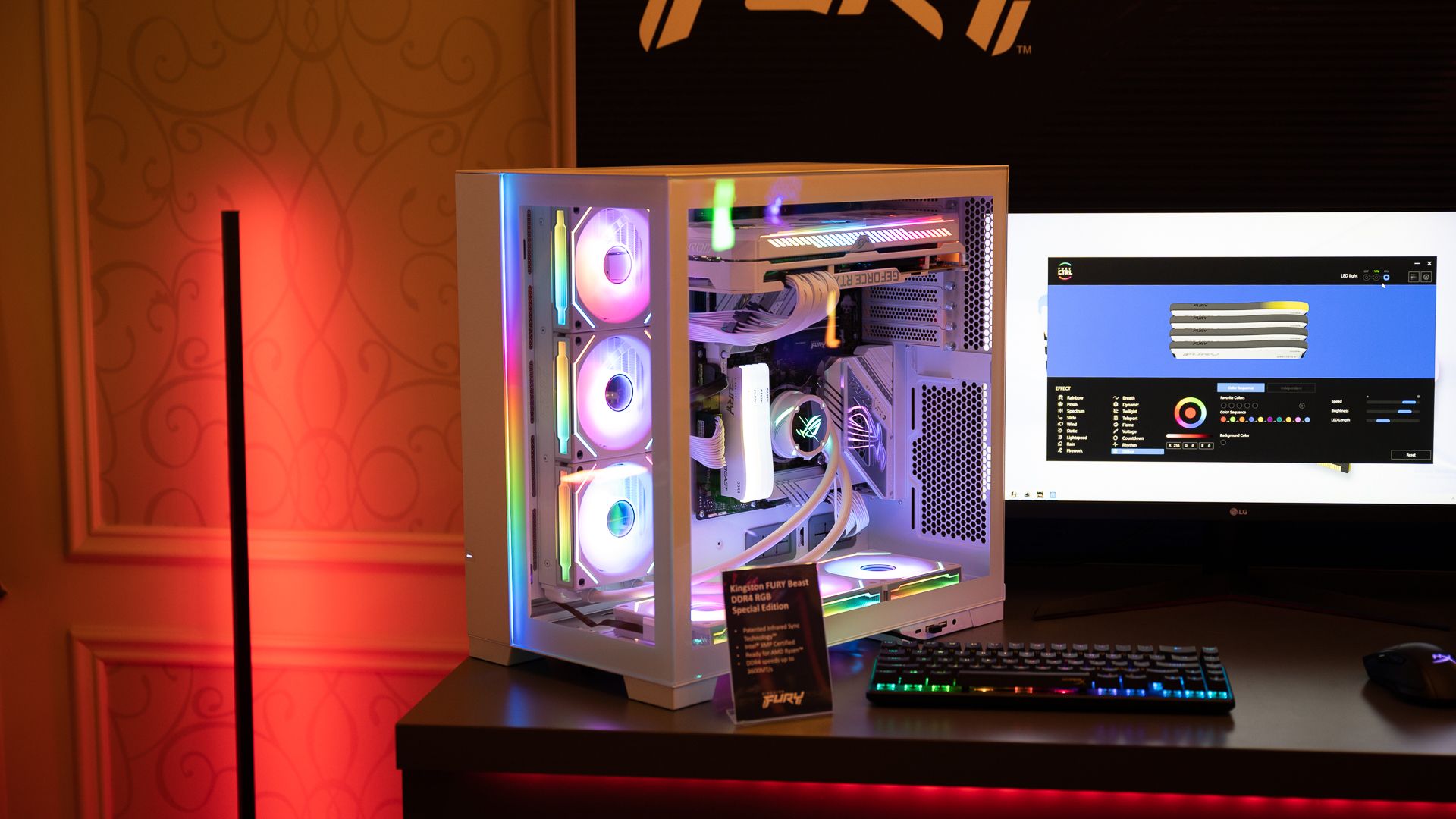




Leave a Comment
Your email address will not be published. Required fields are marked *